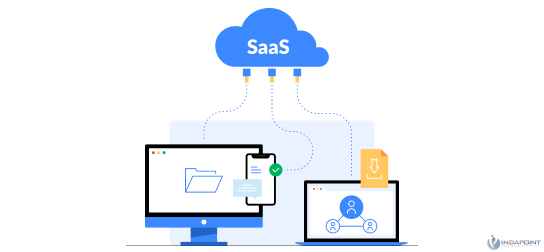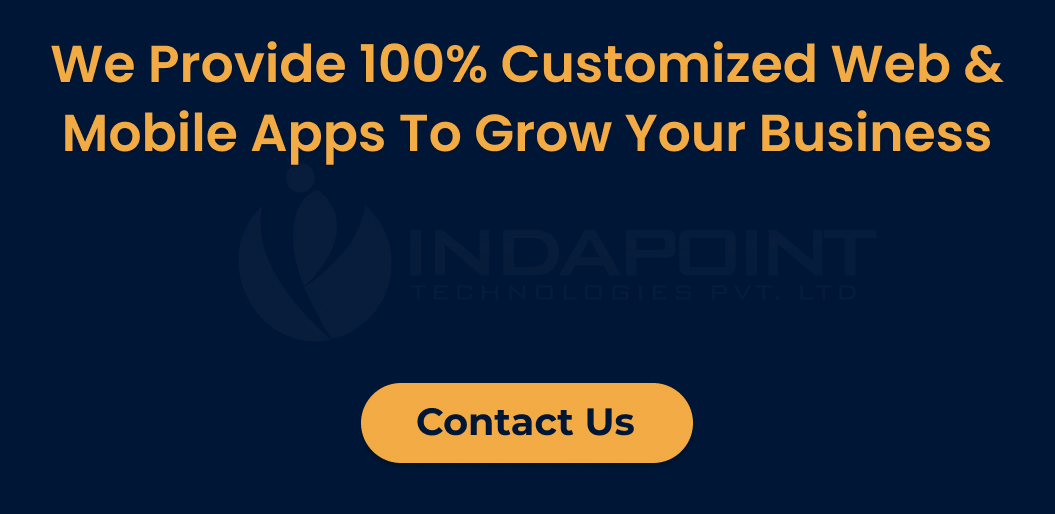How to Launch SaaS MVP in a Record Low Time with Laravel
October 18, 2022

The rapid rate of development has now become even more crucial. Startup entrepreneurs are compelled to use their runway for product development as effectively as possible due to the impending economic crisis and a more stringent funding environment.
You don’t need to invest the entire world’s wealth, wait for your product to be flawless, or hope the Moon will be in the proper phase to start your project effectively. The Beatles would sing “All you need is MVP” if they were software engineers since that is where you should start. MVP stands for Minimum Viable Product. In this context, the term “minimum” refers to the inclusion of essential functionality and a straightforward but attractive design. Viable implies that your users will be content with the product as is with these features and this design.
Minimizing MVP time to market is crucial for the ultimate success of startups, as we have frequently seen. The founding teams can iterate on the product more quickly by building swiftly and launching immediately. And it is the only way to transform a SaaS MVP into software that users depend on to address their pressing issues daily.
Laravel for Developing Minimum Viable Products

The term “minimum viable product” or “MVP,” refers to a product with just enough features to draw in early adopters and validate a product concept. In sectors like software, the MVP can assist the product team in gathering customer input as soon as possible to iterate and enhance the product.
The best method for validating any new concepts, obtaining customer feedback, and determining Product-Market Fit is an MVP.
As a software development firm specializing in creating web and mobile applications for Small Businesses, Indapoint’s first strategy is to create an MVP, or Minimum Viable Product.
How SaaS MVP advancement looks

A SaaS object goes through various transformative phases. The preparation, surveying, and envisioning stages are essential for the genuine advancement of the application. Here, you assess the market, design a risk-avoidance strategy, appoint a development team, and raise the initial funding. A straight discussion of development follows. Here, developers produce the product (backend, frontend, and design). Then you incorporate marketing strategies, advertise your product, and launch it. After that, you gather user feedback.
The last stage is crucial for MVP since ensuring that your product is prepared for the market is its primary goal. There are instances of businesses taking the chance without even developing an MVP to solicit feedback. Dropbox merely published a sneak-peek video to promote the item. Buffer (a social media scheduling service) just made a landing page to get feedback on whether people required the product. They didn’t start using their MVPs right away. It doesn’t change the fact that even these SaaS industry giants started with fundamental functionality.
Time Estimation for Building an MVP
There is no better way to determine whether you are on the right track with your product than through user feedback and the MVP’s acceptance. But be open-minded and take every comment with a grain of salt. Early adopters could have a distorted perception of what your entire product should be because they make up a small fraction of your potential client base. However, they still represent the market. It depends on the system’s complexity and the number of fundamental features.
The more precisely you characterize the MVP’s extension, the better your product MVP will be, and the more probable your task will succeed. By acting as an airbag, MVP makes it possible to foresee a product’s economic and technological potential and to plan for its implementation. It lets you base business and technical decisions on information rather than speculation. Therefore, the main goal of developing an MVP is to test the idea or product on the market.
Laravel Socialite
Laravel Socialite is another significant Laravel package that ought to be referenced. Socialite is the best way to deal with contributing headway resources, building endorsement streams for checking with Facebook, Bitbucket, Twitter, Google, LinkedIn,GitHub and GitLab.
Many apps today don’t even have conventional authorization systems, leaving the bulk of that system’s work to the OAuth services. Users also appear to favor the OAuth method of authorization. So, Socialite accomplishes your goal of streamlining the user configuration of that flow.
Laravel Jetstream
Laravel developed the package known as Laravel Jetstream. Jetstream first gives login, enrollment, email check, two-factor confirmation, meeting the board utilizing Laravel Sanctum, and other groups, the executive’s highlight, to foster the application. For a number of reasons, it is the best way to begin developing your Laravel application.
A package offers Livewire and Inertia.js as two frontend stack options. They both provide a good, adequate foundation for creating your application;
Laravel Fortify, a “headless” authentication backend for Laravel that is front-end agnostic, powers Laravel Jetstream from the inside out. In this manner, embracing the backend regulators and framework for Laravel confirmation presented by Fortify would be the best activity on the off chance that you need total adaptability on the frontend side.
Laravel Spark
Another crucial aspect of SaaS systems’ capacity for accepting and processing payments is another crucial aspect. Sadly, custom development can occasionally be a pain. Laravel Spark steps in to save the day in this situation.
Built on top of Laravel Cashier, Laravel Spark allows users to sign up for monthly or annual subscription plans, track their payments, change their subscription services, and obtain invoices through the billing site. Additionally, it generates templates for how payments ought to be handled. Therefore, Spark can be the simplest answer if you plan to include payment options into your product.
Laravel Nova
The elegant Laravel Nova administrative interface for Laravel projects provides a full CRUD interface for the Eloquent models, thereby saving developers a great deal of time.
Final Thoughts
While the MVP is the most basic form of your SaaS product, it has the most impact on whether it succeeds or fails. It’s an excellent technique to test your concept. The best way to create a SaaS MVP is to focus on market analysis. Your SaaS MVP’s success depends on developing a thorough understanding of your target market’s requirements and pain points.
We believe it’s fair to say that Laravel and its extensive ecosystem can help you create a SaaS startup with an unmatched development pace. The packages mentioned above enable your development team to concentrate on the application’s main business logic and construct the product on a strong basis.
If you decide to use Laravel as your primary technology, it may be wise to look into Laravel partner companies, and Indapoint is the perfect platform to reach out.







